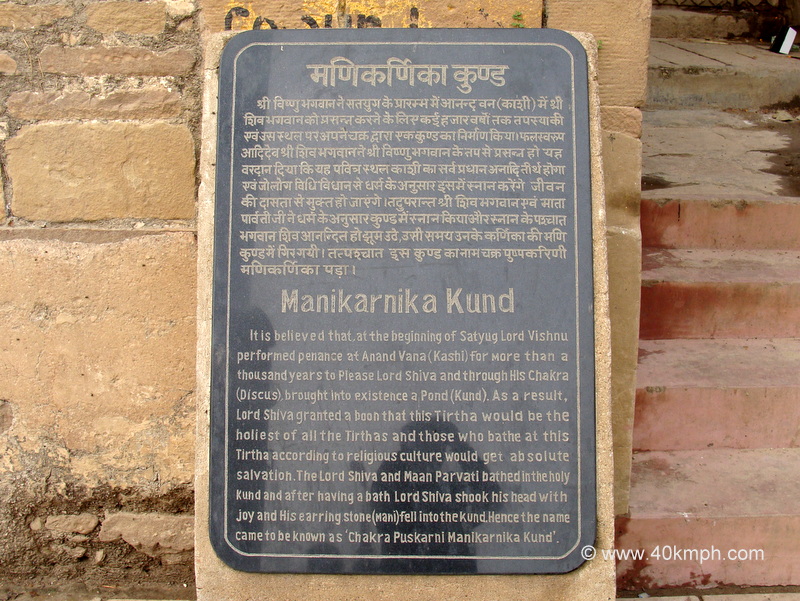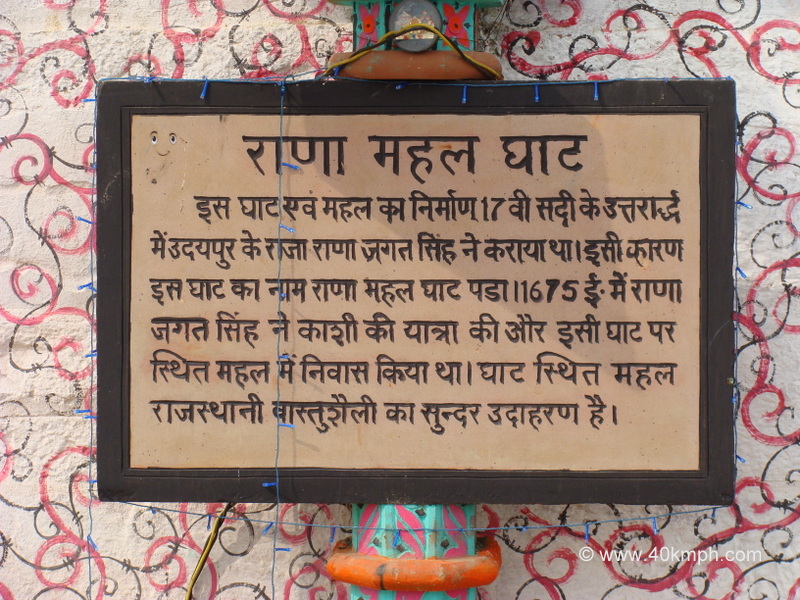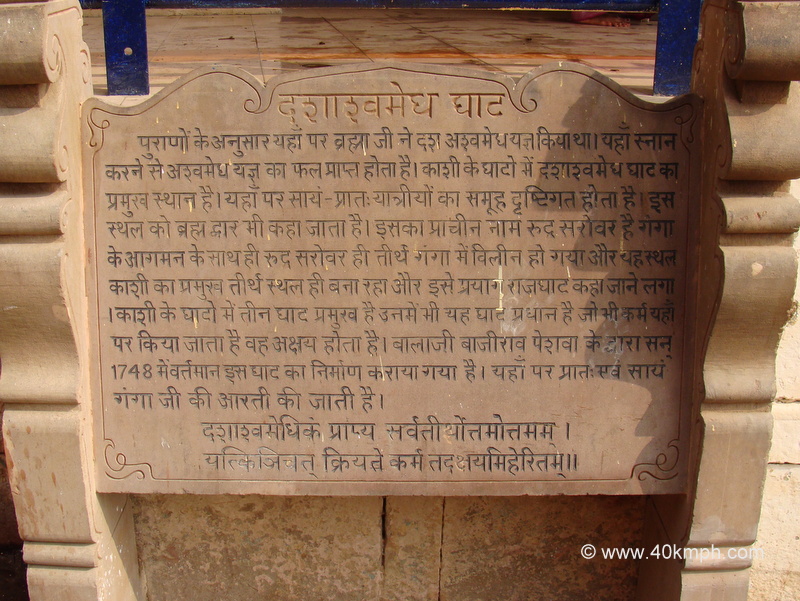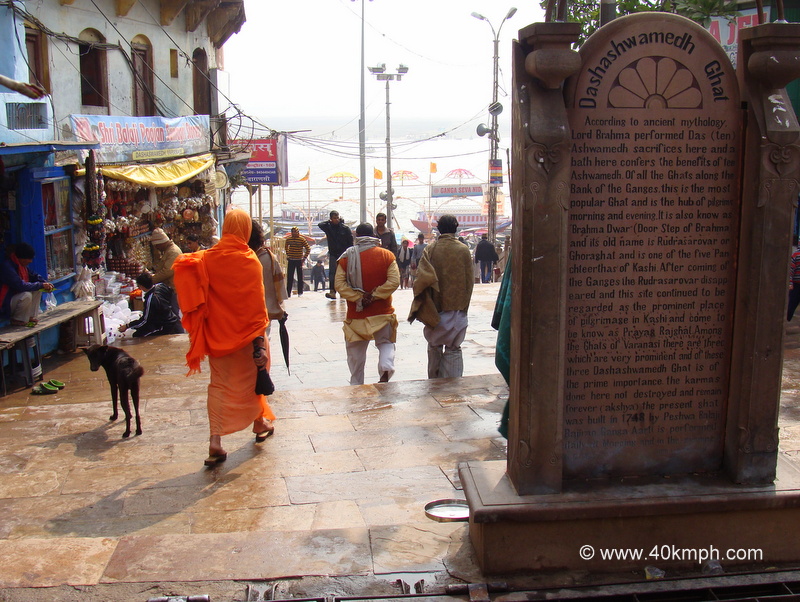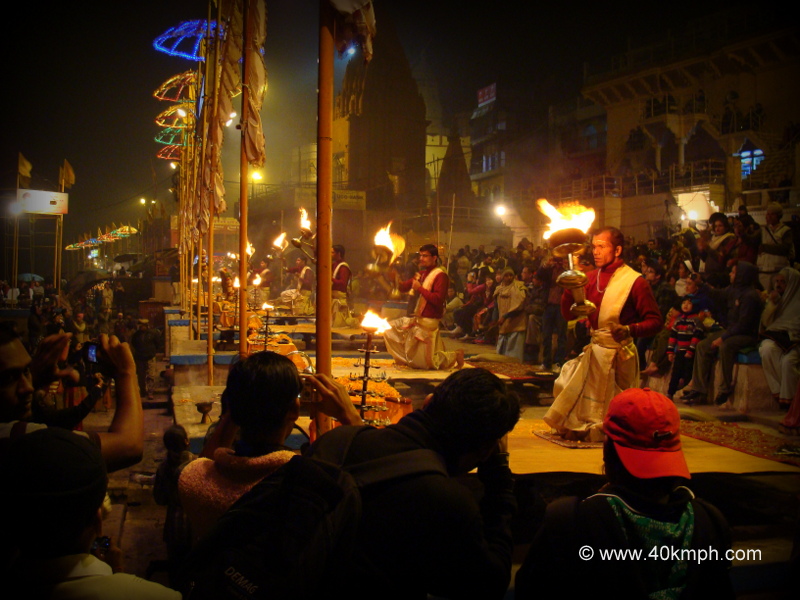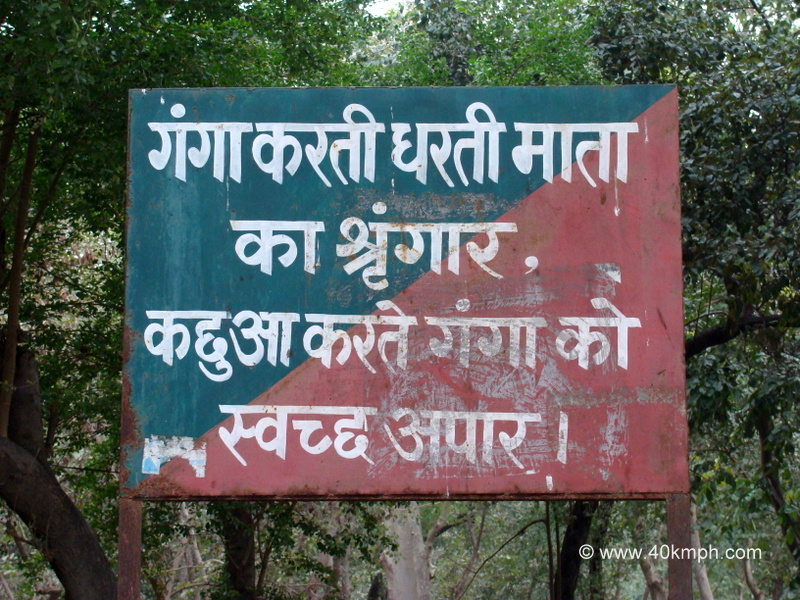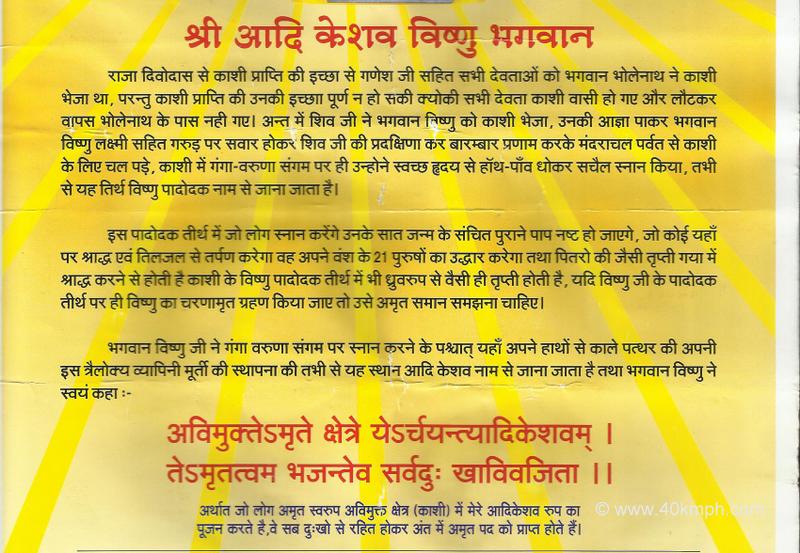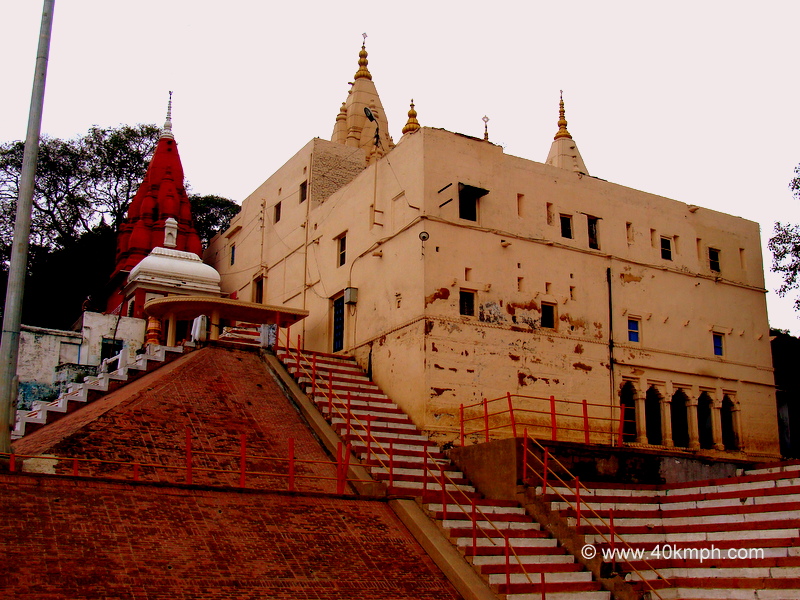About: Rana Mahal Ghat – Built in the late 17th Century
This Ghat and Palace were built by Rana Jagat Singh, the king of Udaipur, in the late 17th century. That is why this Ghat was named Rana Mahal Ghat. In 1675 AD, Rana Jagat Singh visited Kashi and resided in the palace situated on this Ghat. The palace situated at Ghat is a beautiful example of Rajasthani architecture.
Itihas of Dashashwamedh Ghat – Also Know as ‘Brahma Dwar’
According to Puranas, Lord Brahma had performed Dus (ten) Ashwamedha Yagya Here. By taking a bath here one gets the fruits of Ashwamedha Yagya. Dashashwamedh Ghat is the main place in the Ghats of Kashi. A group of travelers is visible here in the morning and evening. This place is also called Brahma Dwar. Its ancient name is Rudra Sarovar. With the Arrival of Ganga, Rudra Sarovar itself merged with the pilgrimage Ganga and that place remained the main pilgrimage site of Kashi and it started to be called Prayag Rajghat. Among the ghats of Kashi, three ghats are prominent, among them, this ghat is also the main one. Whatever work is done here is renewable. The present ghat was built in 1748 by Balaji Bajirao Peshwa. Aarti of Ganga ji is performed here in the morning and evening.
About: Dashashwamedh Ghat – The Most Popular
According to ancient mythology, Lord Brahma performed Das (ten) Ashwamedh sacrifices here and a bath here confers the benefits of ten Ashwamedh. Of all the Ghats along the Bank of the Ganges, this is the most popular Ghat and is the hub of pilgrims morning and evening. It is also know as “Brahma Dwar” (Door Step of Brahma) and its old name is Rudrasarovar or Ghoraghat and is one of the five ‘Panchteerthas’ of Kashi. After coming of the Ganges the Rudrasarovar disappeared and this site continued to be regarded as the prominent place of pilgrimage in Kashi and come to be know as Prayag Rajghat. Among the Ghats of Varanasi there are three which are very prominent and of these three Dashashwamdh Ghat is of the prime importance. The Karmas done here not destroyed and remain forever (akshya). The present ghat was built in 1748 by Peshwa Balaji Bajirao. Ganga Aarti is performed daily at Morning and in the evening.
(Source: Uttar Pradesh tourism)
प्राचीन पौराणिक कथाओं के अनुसार, भगवान ब्रह्मा ने यहां दस (दस) अश्वमेध यज्ञ किए थे और यहां स्नान करने से दस अश्वमेधों का फल मिलता है। गंगा के किनारे के सभी घाटों में से, यह सबसे लोकप्रिय घाट है और सुबह और शाम तीर्थयात्रियों का केंद्र है। इसे “ब्रह्म द्वार” (ब्रह्मा का द्वार) के नाम से भी जाना जाता है और इसका पुराना नाम रुद्रसरोवर या घोड़ाघाट है और यह काशी के पांच ‘पंचतीर्थों’ में से एक है। गंगा के आने के बाद रुद्रसरोवर लुप्त हो गया और यह स्थान काशी में प्रमुख तीर्थस्थल माना जाता रहा और प्रयाग राजघाट के नाम से जाना जाने लगा। वाराणसी के घाटों में तीन घाट बहुत प्रमुख हैं और इन तीनों में से दशाश्वमध घाट का सर्वाधिक महत्व है। यहां किये गये कर्म नष्ट नहीं होते और सदैव अक्षय रहते हैं। वर्तमान घाट का निर्माण 1748 में पेशवा बालाजी बाजीराव ने करवाया था। गंगा आरती प्रतिदिन सुबह और शाम को की जाती है।
(English to Hindi translation by Google Translate)
Evening Ganga Aarti at Dashashwamedh Ghat
Click to learn more about Dashashwamedh Ghat.
Ecological Importance of Tortoise
Ganges adorns Mother Earth, Tortoise clean Ganga immensely.
Ecological Importance of Tortoise – This photo was taken near Varuna Ganga Sangam in Varanasi (Uttar Pradesh).
About: Shri Aadi Keshaw Vishnu Temple (Rajghat)
Lord Bholenath had sent all the deities including Ganesh ji to Kashi with the desire to get Kashi from King Divodas, but his wish to get Kashi could not be fulfilled because all the deities became residents of Kashi and did not return to Bholenath. In the end, Shiv ji sent Lord Vishnu to Kashi. After getting his permission, Lord Vishnu along with Lakshmi, riding on Garuda, circumambulating Shivji, and bowing him again and again, left for Kashi from Mandarachal mountain. At the confluence of Ganga-Varuna in Kashi, Lord Vishnu washed his hands and feet with a pure heart and took a holy bath, since then this pilgrimage is known as Vishnu Padodak.
For those who take a bath in this Padodak pilgrimage, their old sins accumulated in seven births will be destroyed. Whoever performs Shraddha and Tarpan with sesame water here, will save 21 men of his clan and as the ancestors are satisfied by performing Shraddha in Gaya, the same satisfaction is found in the Vishnu Padodak pilgrimage of Kashi. If Vishnu’s Charanamrit is taken at the Padodak Tirtha of Vishnu ji, then it should be considered as nectar.
Lord Vishnu ji, after taking bath at the Ganga-Varuna confluence, established this Trilokya Vyapini idol of black stone here with his own hands, since then this place is known as Adi Keshaw and Lord Vishnu himself said:
Those who worship my Adi Keshaw form in the immortal form of immortality (Kashi), in the end, attain the immortal position after being free from all sorrows.
Aadi Keshaw Vishnu Temple (Rajghat) – 11th Century Temple
Aadi Keshaw Vishnu Temple is an 11th-century temple as per priest Shree Vinay Kumar Tripathi.
